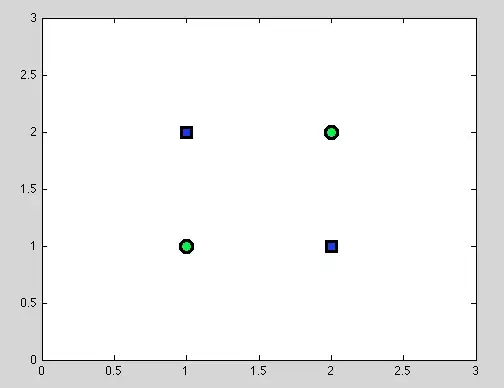what would be a correct t-test to use if i have two sample set data with equal number of samples but variance of the sample set is different e.g
group1,group2
26.1,14.8
27.9,14.7
29.5,15.6
19.7,14.9
21.1,14.7
18.3,15.2
21.3,16.4
20.1,17.1
20.9,14.6
19.2,14.6
i referred to some sites and their flow looks like picture attached which suggest to use equal variance independent t-test 